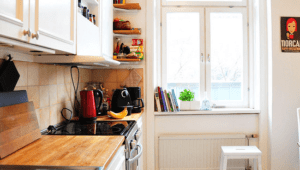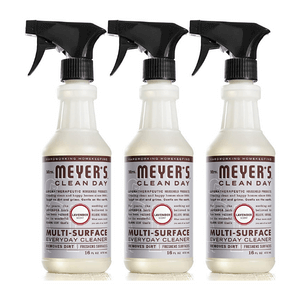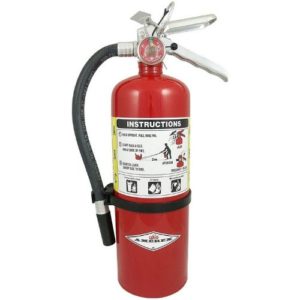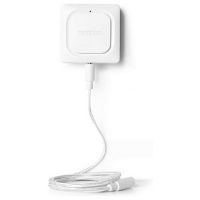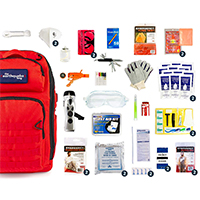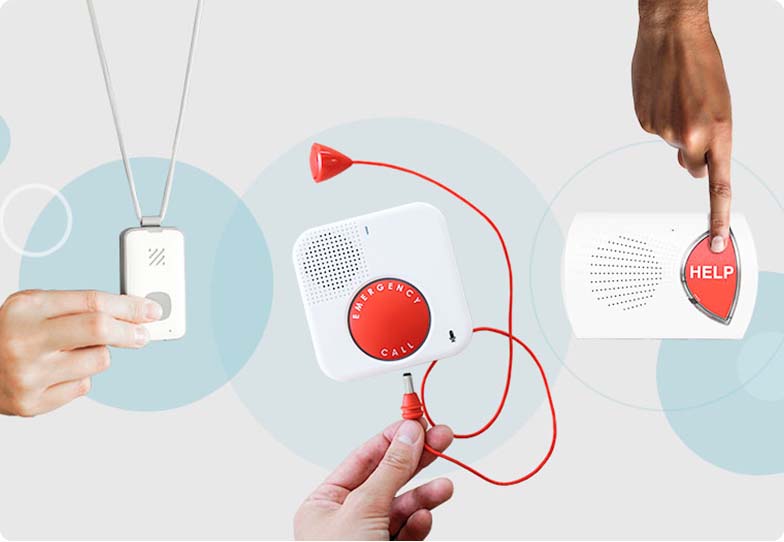Between winter colds and spring allergies, there might be a lot of sneezing in your house. Keep the bugs under control by deep cleaning your home.
Start by disinfecting hard surfaces like countertops, doorknobs, faucets. Commonly touched areas like these should get a thorough cleaning to avoid spreading germs. Clean toys, games, and electronics too, especially ones your kids use often or share with siblings and friends.
We recommend using a bleach solution or nontoxic household cleaners like hydrogen peroxide when you can. Or, learn about effective natural cleaners.
You don’t need much bleach to make a solution that will disinfect the hard surfaces in your home. But we recommend changing the recipe based on what you’re cleaning.1 Use gloves when handling bleach solutions, and be sure to open a window or vent. And NEVER mix bleach with ammonia or vinegar.
